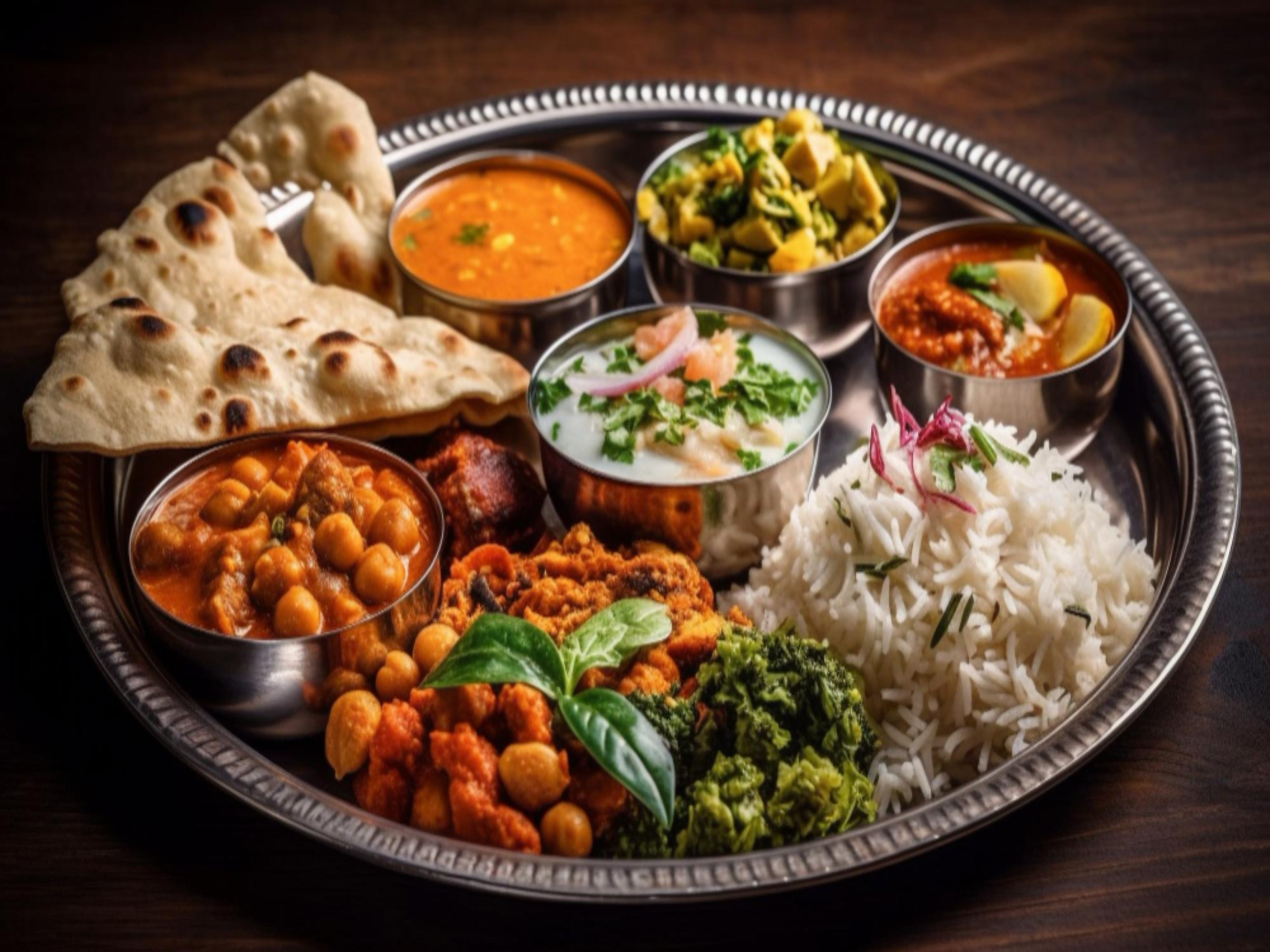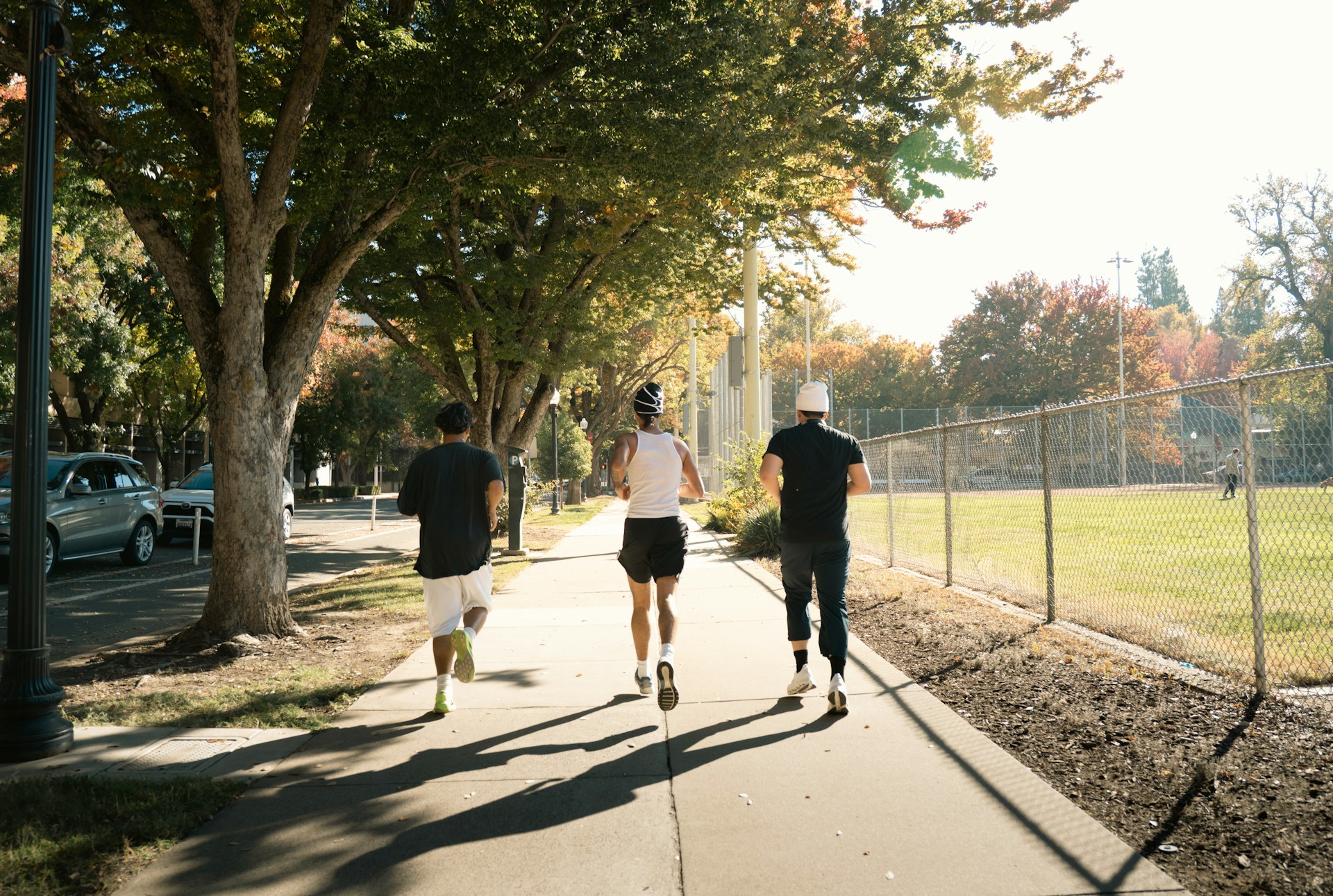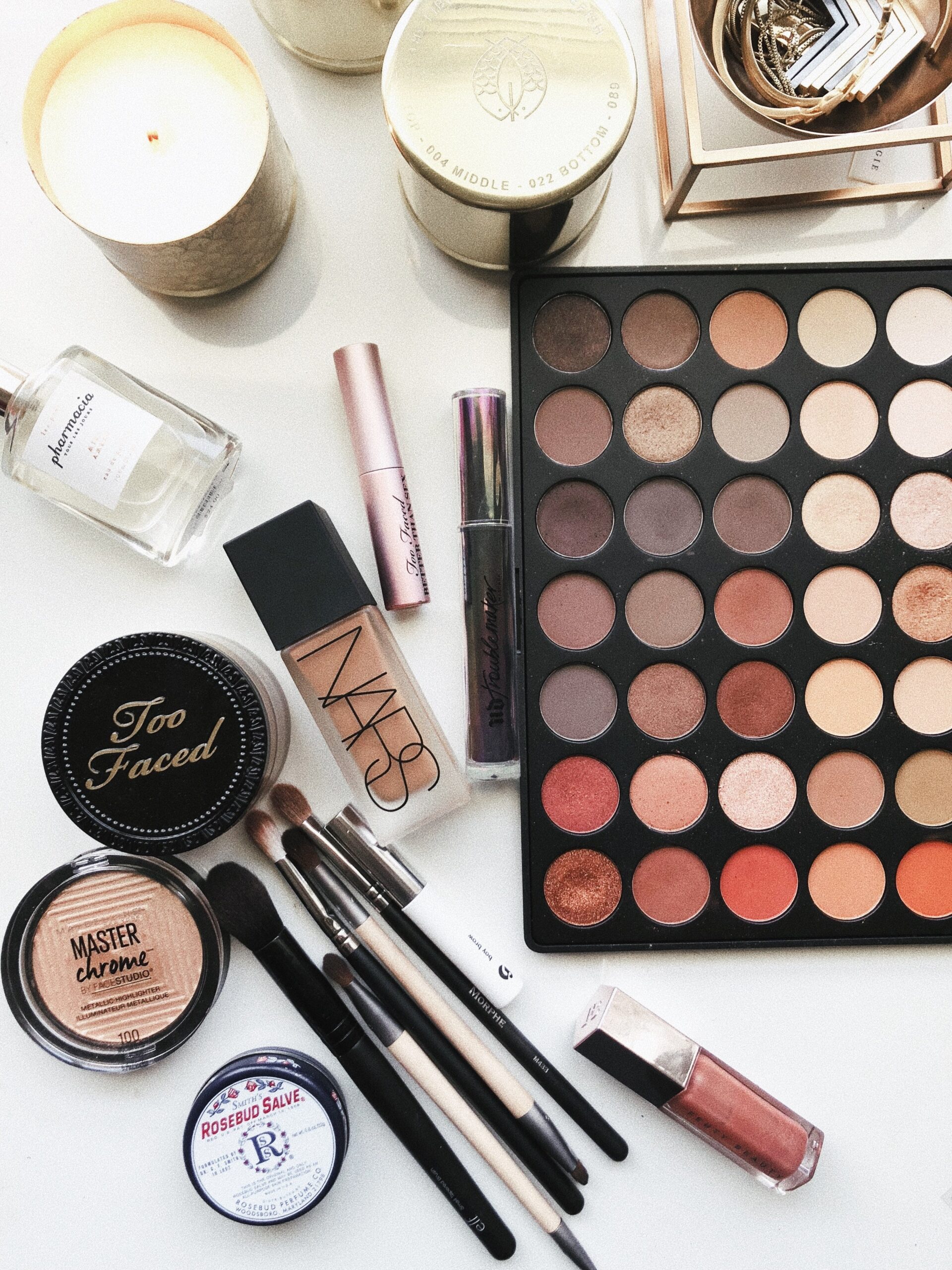It doesn’t get the glamour points of lean protein or the seasonal appeal of farmers market veggies, but fiber has a ton of health benefits. While it’s best known for its, uh, reputation in the bathroom, fiber has a lot more going for it.
Filling up on fiber slows the rate of sugar that is absorbed into the bloodstream, which keeps glucose levels from rising and falling like a roller coaster at Six Flags. That means you won’t be starving immediately after eating.
Fiber fills you up but not out. High fiber foods keep you fuller longer, and they do a bit of magic: They reduce the number of calories you absorb from other foods you eat.
“Fiber binds with fat and sugar molecules as they travel through your digestive tract, which reduces the number of calories you actually get,” Tanya Zuckerbrot, R.D., author of The F-Factor Diet, toldEating Well.
And something as simple as focusing on fiber could help you lose weight. A study in the Annals of Internal Medicine found that dieters who were told to eat 30 grams of fiber a day but given no other dietary guidelines, lost a significant amount of weight.
If you feel like what you need is a reset, skip the juice cleanse and try a high-fiber diet, which is essentially a healthy and natural detox. Fiber is like a scrub brush for your insides. “Soluble fiber soaks up potentially harmful compounds, such as excess estrogen and unhealthy fats, before they can be absorbed by the body,” Zuckerbrot said.
So what should you eat? Besides the usual suspects — beans, beans, the magical fruit — you might be surprised to find a few items on the list you wouldn’t have expected to be so fiber-rich.
“Sometimes people don’t think outside of the foods they are familiar with,” said Elisabeth Moore, a dietitian at Harvard-affiliated Beth Israel Deaconess Medical Center.
According to the Institute of Medicine, women need about 25 grams of fiber a day. Here are the ones that should be regularly in your diet.
Navy beans
Fiber: 19 grams per cup
Split Peas
Fiber: 16 grams per cup
Dried figs
Fiber: 15 grams per cup
Lentils
Fiber: 15.6 grams per cup
Black Beans
Fiber: 15 grams per cup
Chickpeas
Fiber: 11 grams per cup
Artichokes
Fiber: 10.3 grams per medium vegetable
Chia seeds
Fiber: 10 grams per two tablespoons
Peas
Fiber: 9 grams per cup
Put this spring veggie in whole wheat pasta, soups, or puree into a spread.
Raspberries
Fiber: 8 grams per cup
It’s all those seeds!
Blackberries
Fiber: 8 grams per cup
Oatmeal
Fiber: 8 grams per cup
Edamame
Fiber: 8 grams per cup
Avocado
Fiber: 7 grams per half
Kamut
Fiber: 7 grams per cup
Teff
Fiber: 7 grams per cup
Whole wheat spaghetti
Fiber: 6 grams per cup
Corn
Fiber: 6 grams per half-cup
Pearled Barley
Fiber: 6 grams per cup
Prunes
Fiber: 6 grams per half-cup
Pear
Fiber: 6 grams per medium fruit
Bran flakes
Fiber: 5.5 grams per 3/4 cup
Potato
Fiber: 5 grams per one medium
Quinoa
Fiber: 5 grams per cup
Almonds
Fiber: 3.5 grams per 1 ounce
Banana
Fiber: 3 grams
Dark chocolate
Fiber: 3 grams per 1-ounce serving
Popcorn
Fiber: 1.2 grams per cup
Help me put it together
So what does that look like in a day? Here’s an idea:
Breakfast
- Bran flakes with oatmilk, raspberries or blackberries, sprinkled with chia or flax seeds
- Oatmeal with banana and peanut butter, sprinkled with chia or flax seeds
- Barley with soft boiled egg and avocado, (or try with kimchee and jammy eggs)
Lunch
- Split pea soup with smoked paprika and toasted almonds
- Buddha bowl with black lentils, an ancient grain or mashed sweet potato, collard greens, and avocado
Snack
- Prunes and dark chocolate
- Popcorn and an orange
- Almonds and a banana










